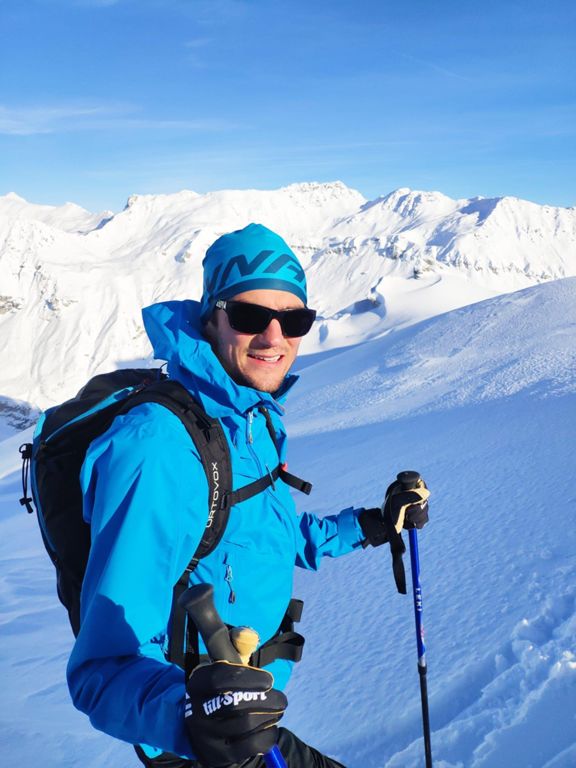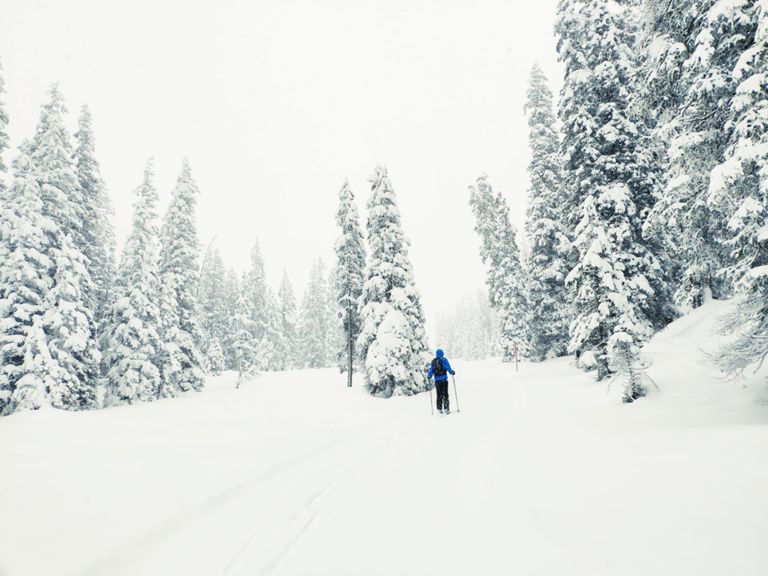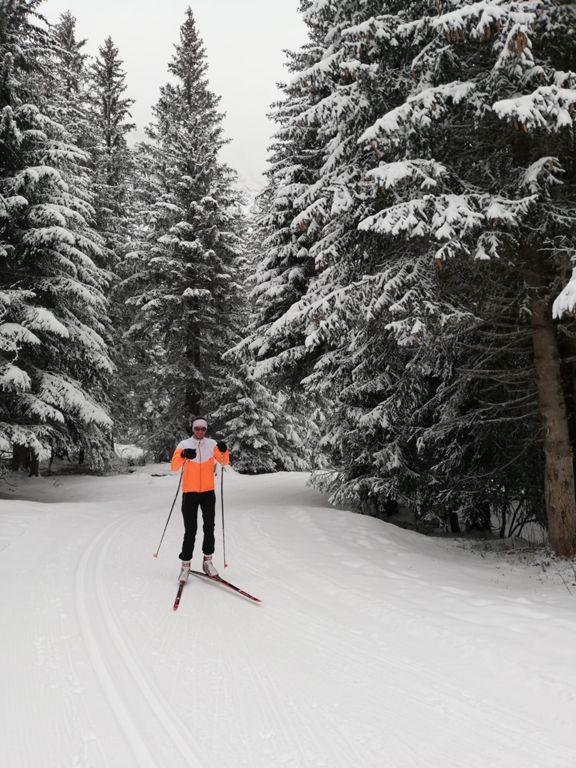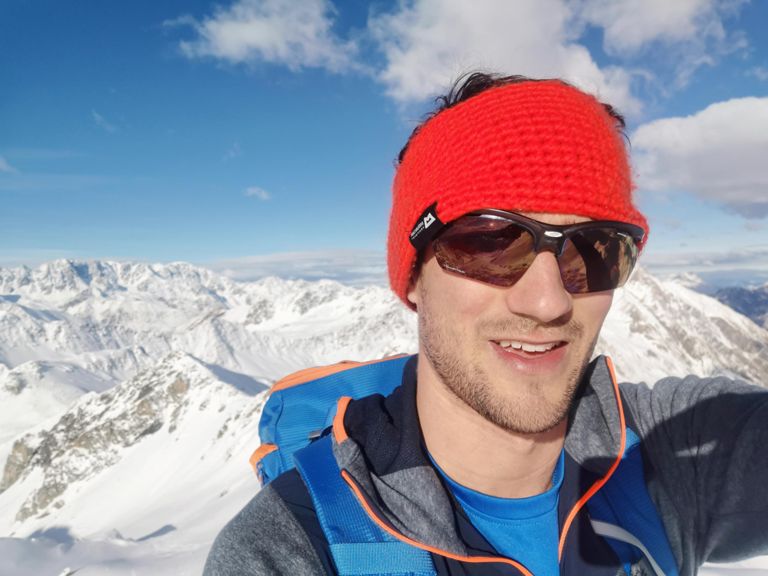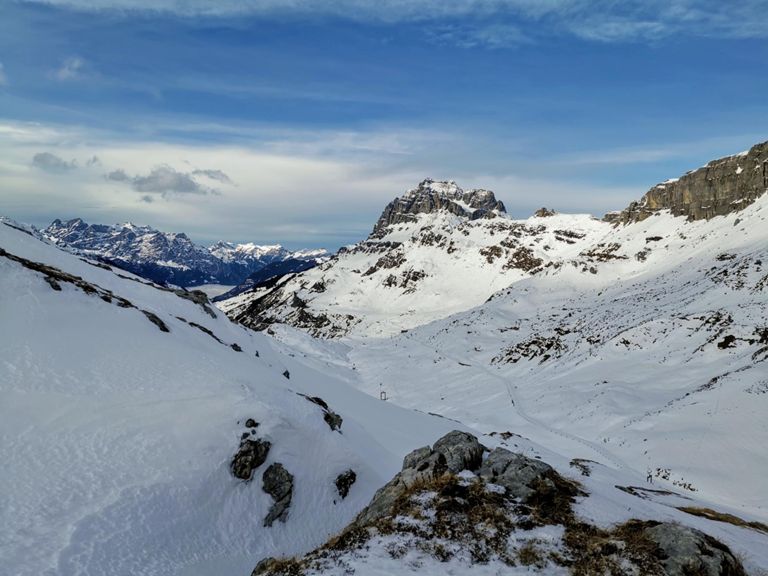Einfachste zuerst
Backcountry Ski on Strava by Daniel: https://www.strava.com/activities/4500143305
18.5km - 4h00' - 1507.8m D+

avt}Gu_|z@Ng@F]@WAq@K_@I_@KyAWkAIu@ISOw@w@mCMcAGOEqAF{@CoAEc@Uy@Ak@GM]c@Qe@i@}B]iAIMQMKQMQCIECKg@E]@QAc@HaABaAL{A_@wAEy@GUOW@YUy@@i@GEAGLQLcAAg@JgACm@HsAVsA`@aDJo@Dg@d@eCXq@Ja@^{@Ng@n@qFLo@HcA?g@Hm@B_@Tk@FMDs@H]HYJSBUl@wAHc@Rg@BAACDMZk@^cATu@BY\i@\e@BEJAAOBQ?KLQBKBADBBGDo@LWD[L_@@MFMHg@Ba@FODa@L_@@]FYJORKFIL{@J_@Vo@F[d@gAPm@AILIDIHkAK]Ak@QiAB[b@gBZ]TKXWTY\YFUA_@Wc@GYIGFs@?YB_@?QBO?a@EYEKAm@ES@}@KCG?Mb@_@n@e@FECAE?]Ce@Fe@AGG@SRS\GDe@DKAIIAIHg@YIDi@FGNUJg@l@iEBi@CYW]YUGKCMD]V{@HaA?UCKCGOO?k@Me@LUBO@i@Hy@?SIm@LeA@QCYAYAEE?QJMx@EL_@h@EDC?AC@i@Qy@?k@DONSBQ?UEQ?cB?AELUZGBOLQDKJK?FY@SJSH{@?IK[W]I?CCSe@CUA}@Mw@k@cCCU@YG_B@iAFa@D{@Ji@Hg@Ry@@ICEUI@WBG?MSICKFQJ{@CS?KKSCQ@GPNHAHEF@DGYOEIFEDID@BCG@KQPUMQEKDGLIBG?Ge@_@AG`@_@FOLQY[GMGEKQ?ITa@La@N]KQCIF[LW@MQOOCAEBQDGDYDMBSNs@Fk@Cy@Du@?]@UHWDa@AGK@IEK?YMI@?EHYDe@F]XY[a@DK^WJSICGEBKI?KGh@m@G?EEAILMSKWBGCSy@UQLSNMz@a@N@FCGGEOQORONCEOQKXMNSJSDCN@FCb@g@?MLe@Fe@Bg@TaAHo@Ja@CI?KLETVV@BAGQ@ILMNGFGj@M^CPEJ?ZH@AIe@LOHBl@\j@N?JFJF?FIPHXVLZLf@BBL@DGFAFDPRBIDCJYP`@B@Je@LUHEDB?NDBFXFBR?JBBHCTQZAHJFH?LHPPVz@LTF`@Ml@BNO\NRBTIFM?IBERFZFJVLRBJCB@F?DDHAD@DCRBPE@BJ@cB|FMFCFMDEFSHQDCCIDEGICQVrAWXYTIZ_@AGNm@AO@KA?@GCOFABCC@@B@GAEGC?QK@IDAQGIAE@QAAMDCAAQ]HCAEECGBOSk@BMLOAGHc@CO@SZUTIJIHOJ]@WA_@e@mCWk@s@w@M_@G_@Uc@IYUOSYAKKGGOEASQIWGAMSKWGECIEE?EC?@AGCDC@GEKGEEg@EOGMQQYMgAYKAI?EBKZON_@PUPUBM]MEE?QOC@KICUS]E?QOG@QGGBG?IOo@[IIDBCE?c@JaADITLEqA@q@K_@Cm@@ERKm@y@BGLOBI@a@Eo@DU?YE[F]KGMOG_@CCeAQYS]KSYG@CDC@MMQE]Oc@Ym@BQEQ@WVENSJMa@?SCGAQCGSGQ@UDOAGEYAIEC}@B_@SQKG?EHa@EMQIMBEBAJGBCDAPEDCHGJu@^QFi@j@]D[LS?EFWL]Es@]MIUWk@YIOSMIBIFOBKHK@QJE?IHQ@IFE[CGWEGCMBIIA@GHEGC?KHIMIJCIEBCEI[EFCLMQGRA@EGCAEPIKGHEAMQEMCFB?EVC?GGMRQIKDg@c@AD?d@CDKAE@CDG@KKQe@G@i@]W[ABIEGFKEE?IPCBGAIGE?ILMAWHIASMOCKJBCDHC^E?EEIECFKACHAZGNIJA@MSCBWp@A@ICYZELCEAUA?MLQ`@EIC@MTSxA@ZDr@E^ElAKh@MZ@^Kx@AZ@BEG`@bBF`@@X`@jBLfAHjA\bAXfBFRDZHV@TTlALvAAXDT?PTIf@m@At@BR?d@Kr@Ax@BNFDXKHOHEJMBl@P|ADhACl@ER`@FNGLMB?@D?h@G^IPGHSTKDKNGXGFUBI?OMKEI?YNK@OEGGK@Nf@AF_@AWDGFWLGL@BF?BD?RFFDJHFP?Q?MQHMEMFIAEYUHQCGMI?EDMGOFSEEQACKEACEEBSAIDGJu@h@GJF@BAIGGD_@IOMG??DC?EGGYOECGB?G?CFC?IMITGAGKCSC@E?EOG?AGGBIGGAGGI?HBCUEMO@Ka@B}@BWFBAIICKQGCCOK@CAAKC?ACAMCAM@ESG@IKGB@DECKMAKE@CCCMI@?c@GGCa@IDIKE?GD?BCKOOQBEGE?MRWMMIIq@AGEAA@B??@QXQv@K~BGF?XACEFICIBKEGDEAIDIGEBGPMGIDGCIBECKSGAGCGR[IA@EXKDKCG@GCKDKGKJKBKJK?IB_@RYVc@d@UZW`AYv@]h@UPSJk@Hi@V]Ja@?[BKFK?GB@Cy@^I?i@Ic@QIAONGHCZ?NCF?FGNCl@CLGH{@`@QPGREf@OZ[ZG@O?UFw@p@g@Ni@h@c@^c@l@INEN?TEh@GtAIz@?p@Dn@EbABX?CEBK?YFSHMBEDAH?RBZBHF?FJNx@E@q@EKKC@CAWa@Ym@m@cAUYOG?@O_@DcBQa@E[AYBmAD{@Ug@AOI?AIEECIOEGYIBKKKBIOCBCAE?EAAIBe@Ga@Sy@QYEQCEG[CFEMI_BGW?YA@AKBi@C]OOk@QGG[g@?Q@IE?MLWHG?MJO~@Q`@Sx@[n@_@pAYj@QhBSf@[pAO`@a@z@QXWV[j@M~@EL@CA@EV_@~@SjAw@nDUj@[`@?^FNCXHV?DENDJD@F?BB?TIXH?DDJl@?HIp@_@^[TELFB`@?FDGL@\OTDHXFZGHBARWd@ADDP@`ABFPPBDC\RFDBDJRLT`@JL~@hBNb@LRHZXLDFZfAv@dBjAdAp@`@f@`@Z`@^p@n@x@d@d@xAdA~A`BtA`CfAtAr@r@h@^f@`@nAlAVRz@jAL\Lb@RnA~@rCdA|Bp@fBpAdB`@p@x@fCXr@PX\Zb@Lh@@fAId@B^LbAv@rARnA`@TLb@d@RLRFr@D^H`AZh@ZV\Pd@v@|ET~@Zx@Vb@r@j@l@t@^Vp@\XTT^^bAJL`@b@`At@p@x@j@|@|@fBVl@Pr@Z`BZt@?b@B@HPD`@AHB?NLPFBAH^?L^ZV\\RFPLFNT`@RHZh@d@f@^r@|@l@VV\Pn@~@`Bt@lBFTXdBH`@RRDN?DrAjCTl@\j@dAvCXZXFLHXjAd@d@Rf@VbANlAPl@N`CP`A|@rAXjA`@nADXAB?C@t@KvCJpAC@Ff@Tb@b@p@DPP\PlAHZPrABJd@`FL~@FjAJb@B@J@DDHf@\v@`@nAXjAx@~ELd@DjAAZUhAQh@?C
Aiming at snow
Nordic Ski on Strava by Jean-Claude: https://www.strava.com/activities/4500307294
13.7km - 1h04' - 262m D+
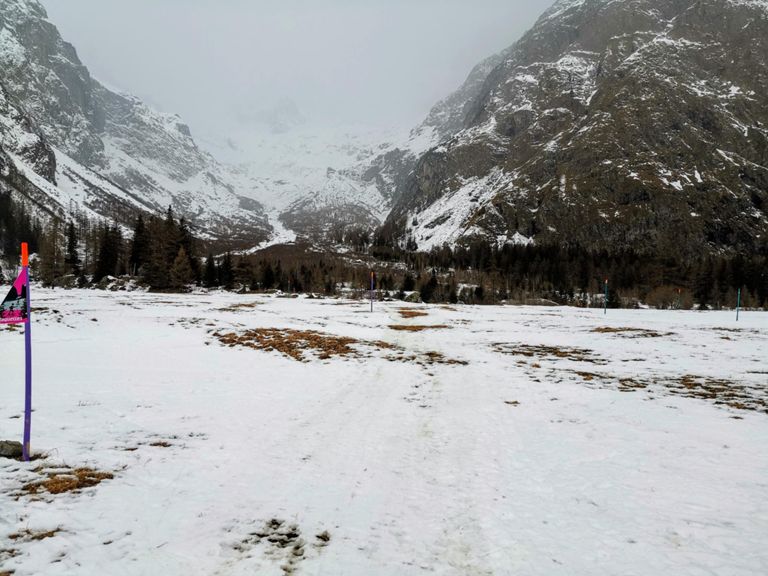
g|jwGq|hj@BCv@CL@j@NNHVb@h@j@Pl@B\AXKRWJ[VIXEZ?RH\Z`@PFT@`@Mb@INKV[h@{@z@_Bx@}@VIfAMJ@NF\VHBFCZg@`BuBVe@x@eAfAs@TGL@HJHlAJnEARFRZbCNp@D`@LtCNh@BVDJ?\CNw@`AENANFTPZZWVIP?JDL?T|@DBNSz@EXQNERM^k@DOAMIMKAQFa@TiAFe@PSBQ?IEIUGw@OoAU_AKiBMiAhBc@h@Dn@Vh@HNFJHBNCR]h@KXUZEJ?HDRDDH@FC`@_@JED?PH@DANGFMDc@@MB}@f@]TEH@FBDJDn@KP?^DTC\IN?B@@D?PENMBe@Gw@Jc@LQ?sBIIDQRO\ATHVCk@FSfA{ARo@De@@}@DiADg@@?Ye@OGK@e@PQLk@h@UVOFSGs@u@ECIBEHAVPbA@PI\W`@EPKl@Gt@@o@Hy@Tc@PSFQDEF?TJLNRz@HfANn@\\D@JAZWl@w@LQJ_@LgAB{@LuCCENEVYRWN_@V]JEPBdA\lAJNJn@L`AHb@BZCXGPIPO^c@jAs@VWn@g@h@Ux@m@\QVIZU^Qj@i@TGLIx@q@VYVc@LEd@a@AAa@Zk@|@eBzAsBnA{@Zk@b@uAt@aAx@s@`@k@p@[Po@DmAIy@QmCc@m@S[EEDENORE\a@p@IDSEMIWa@kAsAa@}@EQDY?WBWCkBEaAGMGAa@Hc@R[T[XY^_@\o@x@y@nAWf@GFIDGAa@UYI]@cARQNq@|@EH?JB@B]BEz@_ANIhASUH_ARSLKP[^[~@[j@aAjAWLOFYBa@J[@IDEN?`@CN_@`@M`@WZQHo@Ng@H_@Ng@JQGKYBe@DGv@m@XMl@a@x@Sl@EPKHW@]EUOSm@QUE[Bi@H]?MCYQa@_@{A{@_@a@KEIAQJk@v@m@j@c@n@iAvAeAfAYTSHQDQAICEGKUK[C_@Ho@N]J_@BMAM_@_Ae@u@YWMIo@Us@O[OWSWM]II@ONQj@OhAGLE?EAGEiAcBWWIMKg@A]Di@JWHKLIR?ZBZNXVb@LRJt@`An@TT@ZEb@HNHPLVHd@@PETCJG\KRMNEZHFHPBNCf@A`@S\F`@KZ?NDTJp@`AHDRGNS^Yh@Sl@MTKTEd@a@h@EVD\JNHdApAZz@BVETKLUHUPKb@Cj@?NNd@VXTDZG~@e@VYh@}@p@qA`AiA^MX?f@G\Fb@XJAZi@lB_C|@sAl@c@^Sf@OJIHOB_@Kb@?PEHGDWB]Lo@b@YT_AfAQ\]b@M^[Z_@n@IBK@KCe@U_@E_@D_APON_@j@g@nAeA`B_@R]Be@J[@MFCHB`@EPW^Sf@W`@g@JgBf@c@HOAMGEICSL]TUj@S\UREJMTI|AWNEFGDK@QC[GUOS_@OYEU?eAFK?MEa@]o@c@cAe@k@i@IEIAWPWV]n@e@b@Y`@m@l@s@|@Wd@YNSTOJQDOAUKMOQ]EU?c@BSRy@BS@SASSg@W]a@e@iAu@w@UcAq@UEI?UFIFIPET?v@C\GJCBE?QKy@kAk@o@Kc@Cm@B_@JUNQTEj@Ld@\h@NNH|@bA^T`@?l@EVFNNj@Vf@FZIb@YXGHINGD?^Nb@@RDLAPKPE\DRCf@DTHh@ZPXLJPGv@q@`@Ul@OLGUb@aAZ_Aj@a@n@[PaAbAu@|@qAnAYTW\]Za@Nc@FKCACTDd@I~@y@`AgAfA}Af@c@l@w@ZU^i@JIt@a@ZUpBe@VUTKb@Cx@TlA~AVdACTGNOH_@LMVMpAHNRTFPAFMR?XCTYl@]z@IHcAT{@Zm@NWKKQCM@KNStAy@^a@TOr@Ql@CLEJ[BQAQIUOU]Mc@EY@i@LM?KCcBkA_Ac@IG[a@GCG?QJa@r@k@p@o@~@qAlA[`@i@h@UP]JSBEACEPDVCRIRSd@g@`BqBp@q@zAiBb@c@Vc@lAu@h@QXC
